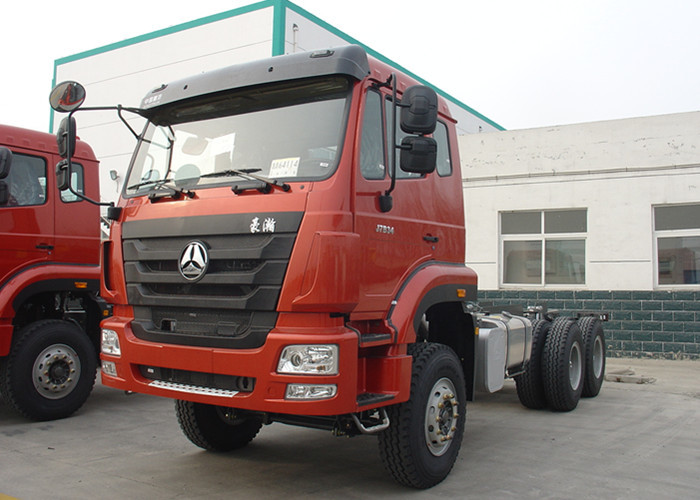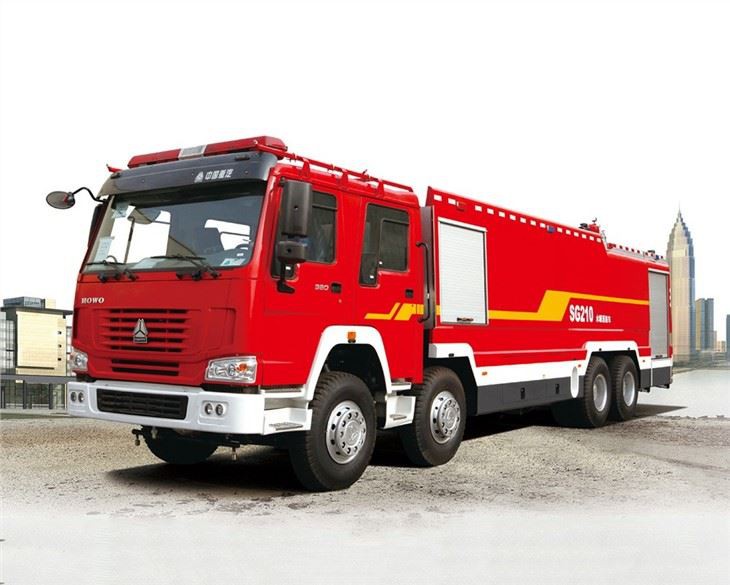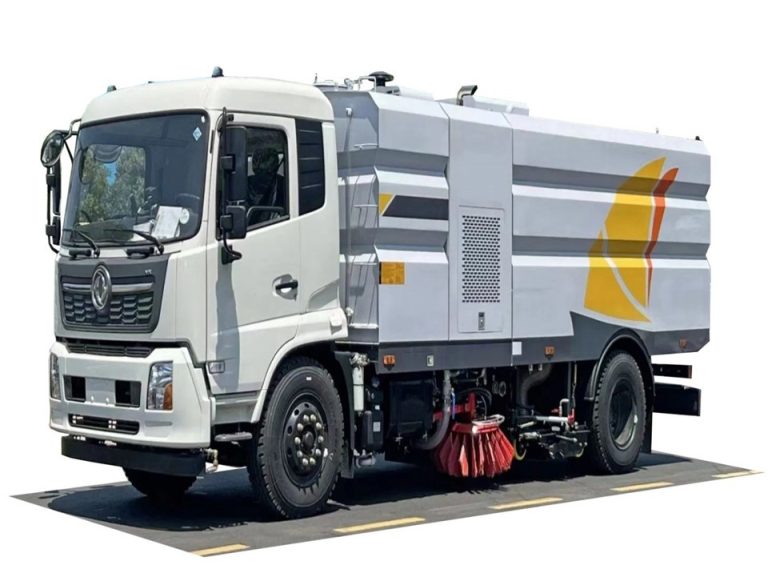Introduction
Fire chief pickup trucks are vital to the operations of fire departments across the country. These vehicles serve not just as a mode of transportation, but as a command center, a tool for emergency response, and a symbol of authority in fire safety protocol. In this comprehensive guide, we will delve deep into the intricacies of fire chief pickup trucks, exploring their features, functions, examples from various fire departments, and practical tips for choosing the right vehicle for firefighting operations. Whether you’re a fire chief looking to upgrade your fleet or someone interested in the automotive aspects of firefighting, this article is tailored for you.
What is a Fire Chief Pickup Truck?
Definition and Purpose
A fire chief pickup truck is essentially a specially modified pickup truck used by fire chiefs to coordinate emergency response and manage fireground operations. Unlike standard pickup trucks, these vehicles are outfitted with advanced communication systems, emergency lighting, and storage solutions for firefighting tools and equipment.
Key Features
- Communication Equipment: Radios, GPS units, and sometimes even mobile hotspots for real-time communication.
- Storage: Compartments for gear, medical kits, and firefighting tools.
- Emergency Lighting: Flashing lights and sirens to signal an emergency response.
- Durable Exterior: Designed to withstand the rigors of firefighting and off-road conditions.
Why Fire Chiefs Prefer Pickup Trucks
Versatility and Functionality
One of the main reasons fire chiefs prefer pickup trucks is their versatility. These vehicles can be easily modified to meet various needs, whether it involves transporting personnel or carrying equipment. The open bed allows for quick access to tools and supplies, which is especially important during emergencies.
Mobility in Emergency Situations
Pickup trucks have off-road capabilities that are beneficial in navigating different terrains. This mobility can be critical, especially in rural areas where access may be hindered.
Popular Fire Chief Pickup Truck Models
Chevrolet Silverado
The Chevrolet Silverado is a robust choice for many fire departments due to its reliability and space. It can be customized with a range of firefighter tools and technology, making it a favorite among fire chiefs.
Ford F-150
The Ford F-150 offers a strong towing capacity and excellent fuel efficiency. Its advanced safety features and roomy interior provide comfort for the fire chief during long hours on the road.
Dodge Ram 1500
The Dodge Ram is known for its powerful performance and luxury interior. Its rugged build makes it a great option for fire departments operating in harsh environments.
Toyota Tundra
The Toyota Tundra is recognized for its durability and extended warranty, making it a cost-effective long-term investment for fire departments.
Customization Options for Fire Chief Pickup Trucks
Towing Packages
Many fire chiefs will opt for towing packages that allow them to tow trailers for equipment transport or even mobile command centers in larger emergencies.
Emergency Lighting Packages
High-intensity LED lights and sirens are essential features for ensuring visibility and safety during emergency responses. Custom lighting packages can be tailored to specific departmental needs.
Storage Solutions
Custom shelving, toolboxes, and compartments can be added to store medical supplies, extinguishers, and protective gear. This is crucial for maintaining organization during chaotic situations.
Maintenance and Safety Considerations
Regular Inspections
Fire chief pickup trucks are often subjected to extreme conditions, making regular inspections crucial. Check for wear and tear, especially on tires and brakes, to ensure safe operation.
Emergency Equipment Checks
All equipment should be regularly checked for readiness. This includes fire extinguishers, medical kits, and communication devices.
Practical Tips for Purchasing a Fire Chief Pickup Truck
Assess Department Needs
Before making a purchase, identify the specific needs of your fire department. Consider factors such as the typical call volume, the types of incidents you respond to, and the terrain you operate in.
Evaluate Budget Considerations
While it can be tempting to purchase the most advanced truck, it’s essential to stick to a budget. Research financing options and consider maintenance costs over time.
Check for Warranty and Reliability
Choose models that offer comprehensive warranty options. Reliability is paramount since the truck will be in service during critical emergencies.
Fire Chief Pickup Trucks vs. Traditional Fire Engines
Roles and Responsibilities
Understanding the differences between these vehicles helps in determining when each is appropriate. Fire chief pickup trucks are used for leadership and coordination, while traditional fire engines are designed primarily for firefighting.
Cost Differences
Pickup trucks generally cost less than full-size fire engines, making them a more budget-friendly option for many departments, especially smaller ones.
Case Studies: Real-World Examples
Case Study 1: Rural Fire Department
A rural fire department invested in a Ford F-150 as their chief’s vehicle. The truck’s off-road capabilities enabled swift access to fire sites that were off the beaten path, saving precious minutes during crucial calls.
Case Study 2: Urban Fire Department
An urban fire department chose a Chevrolet Silverado due to its versatility. This vehicle was equipped with a mobile command center, allowing the chief to manage operations directly from the scene of an incident.
Future Trends: Fire Chief Pickup Trucks
Electric Vehicles and Sustainability
With the push towards sustainability, electric fire chief pickup trucks are starting to appear. These vehicles offer lower running costs and reduced emissions, making them a forward-thinking option for fire departments.
Integration of Advanced Technologies
As technology advances, features like autonomous driving capabilities and improved communication systems are likely to be integrated into future fire chief pickup trucks, enhancing their effectiveness during operations.
FAQ: Frequently Asked Questions
1. What makes fire chief pickup trucks different from regular pickup trucks?
Fire chief pickup trucks are customized with specialized equipment and features tailored for emergency response, including communication devices, lighting, and storage solutions not typically found in regular pickups.
2. How often should fire chief pickup trucks be maintained?
Regular maintenance is critical. It is recommended to conduct comprehensive inspections every 3,000 miles or at least bi-annually to ensure they are in top condition.
3. What types of equipment can be stored in a fire chief pickup truck?
Common storage includes medical kits, firefighting tools such as hoses and extinguishers, communication devices, and personal protective equipment.
4. Are there specific brands that are better for fire chief pickup trucks?
Brands like Ford, Chevrolet, Ram, and Toyota are popular due to their reliability, customization options, and strong performance in emergency settings.
5. Can fire chief pickup trucks be used for other purposes?
Yes, these vehicles can often be repurposed for various tasks, including community outreach and support functions when not actively responding to emergencies.
6. What should I look for when test driving a fire chief pickup truck?
When test driving, pay attention to the vehicle’s handling, comfort, visibility, and ease of access to essential features such as communication equipment and storage compartments.



